Victoria Theatre – ABC Newcastle article by Carol Duncan
Built in the 1870’s, the Victoria Theatre on Perkins Street in Newcastle is the oldest theatre still standing in NSW. It’s also home to the largest and earliest surviving fly tower in Australia. Now closed to the public, what remains inside of what was once one of the most significant theatres in Australia?
*Update: 24/08/2020 City Newcastle has approved the Century Venues DA for the Victoria. Great news!
-
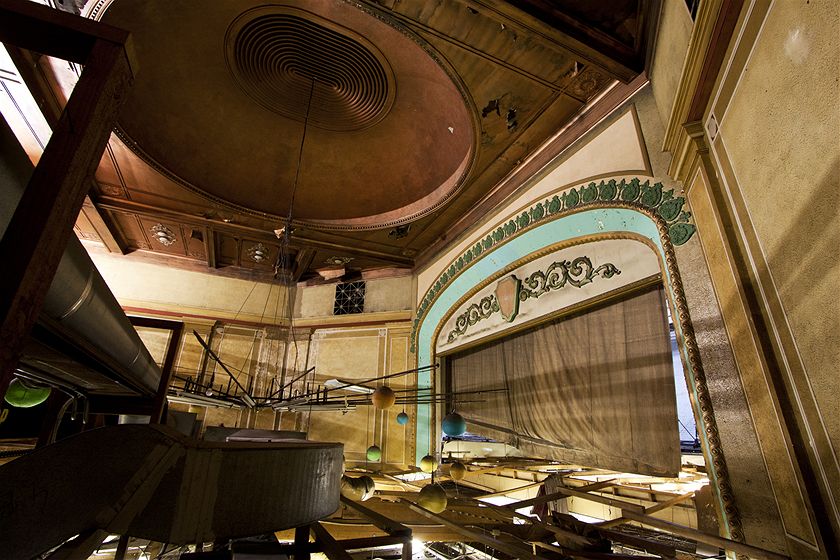
Photo by Peter Bower -
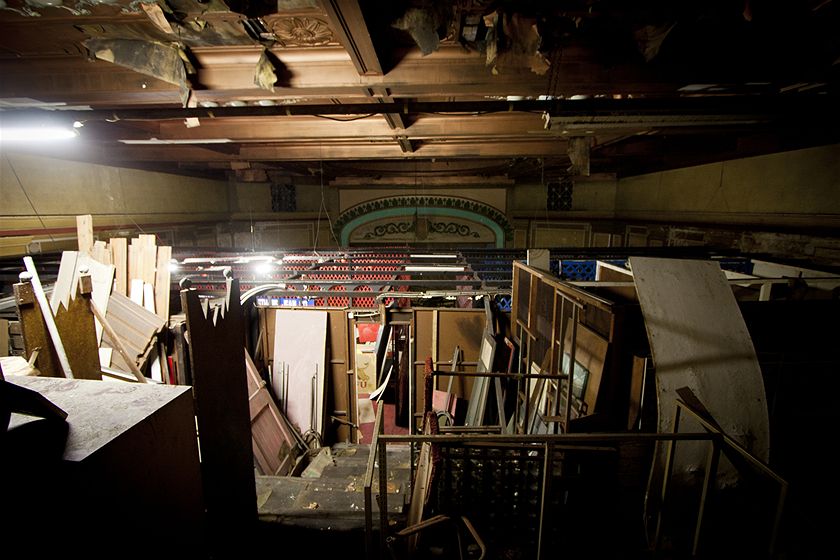
Photo by Peter Bower -
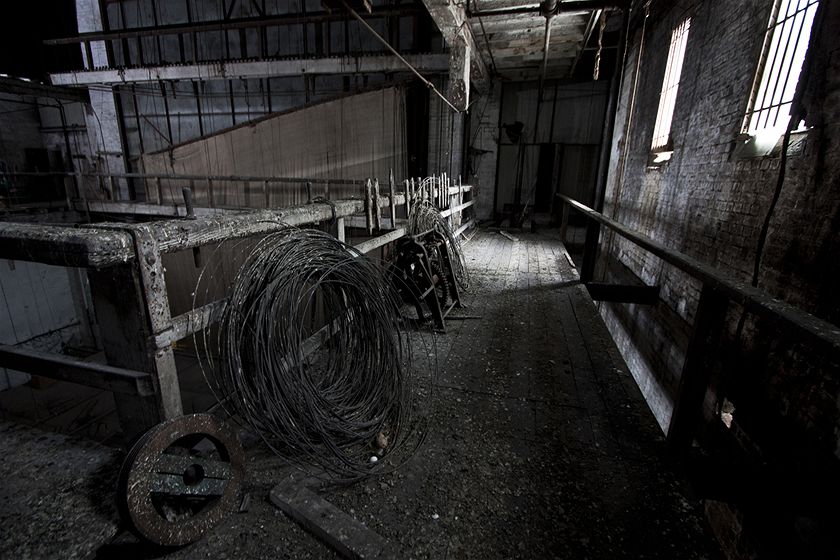
Photo by Peter Bower -

Photo by Peter Bower -
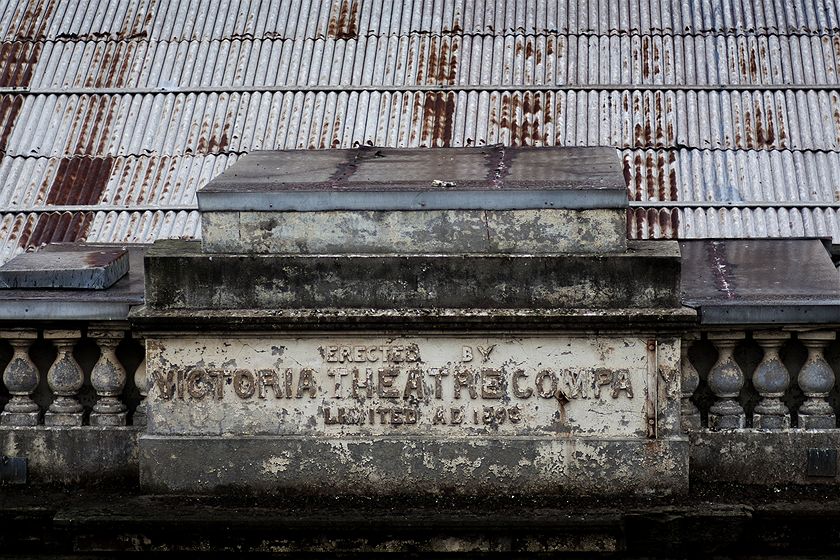
Photo by Peter Bower
The Victoria Theatre in Newcastle is the state’s oldest surviving theatre, and home to a rich cultural history. The Perkins Street building currently stands unused, but in its time it rivalled the biggest and best theatres in the country. Originally opened in 1876, it still holds great heritage significance because of the era of vaudeville, theatre and cinema that it represents.
Even though it is now home to more than a few pigeons, exploring the interior is a fascinating insight into the history of the theatre. The Victoria Theatre was incredibly well-equipped and offered premiere performances. The 66 by 40 feet stage was huge for its time, and certainly much bigger than anything Sydney offered. This is only just slightly smaller than the Civic Theatre today.
“When it was built, it was cutting edge for its time. It was the most prestigious and regal theatre anywhere in the country. It rivalled Sydney theatres and it was full of the latest trappings, such as gold leaf terracottas and beautiful decorations.” Sarah Cameron – Heritage Strategist
“This is not your amateur theatre space. This was a professional, state-of-the-art, nationally important theatre for the time – 1890-91. You had a lot of really important vaudeville acts coming here, hence you required not only for the stage to be at the scale that it is, but also all the other service areas of the theatre. There are 12 dressing rooms, there are property rooms, there are prop rooms, there’s a whole labyrinth… when you think about it – 12 dressing rooms in 1891? That’s just amazing for the time.”
From the three-level fly tower, the fly galleries are visible. There are two timber tiers on which crew moved around behind the scenes, making the magic happen. This theatre was built before electricity, so performances were lit using lime lights.
Program Director at Newcastle Livesites Paul Tibbles explains, “The research that I’ve done shows that the trams in Hunter Street were electrified in 1920, so this building would have had 50 years or so without electricity. The way you would have lit the stage during performances would be with limes. There’d be theatre technicians with very long poles with a wick on the end. They’d come to the edge of the gallery with their lighting cue, physically put out that wick, put it into the lamp, and ignite the chemical compound in the lamp. The lamp would then glow onto the performance below. Depending on what chemicals you put into it, you’d get a slightly different colour”
And so the term “taking the limelight” was born. This is just one of many old and ingenious technologies used to run the Victoria Theatre. Despite being over 100 years old, many of those systems are still used in contemporary theatres today. For example, the fire wall in the theatre uses a process which has been adapted by modern venues.
Adam Zakarauskas, the live Performance Coordinator with Newcastle’s Civic Theatre, says “There are five pickups that go across to the centre one. You’d winch that in and out when the theatre was closed so that if there was a fire backstage it wouldn’t go into the auditorium. And it’s just wonderful to see that it’s exactly the same system today. You can go into a theatre built today and it won’t be hand winched, but it will still be the same system. I have just looked at some fantastic technology in the Civic Theatre which is the modern edge of technology, and to come here and see the reality of theatre – it’s overwhelmingly exciting. It’s like a secret hidden spot and I feel really precious about it.”
Adam has a great appreciation for the performances they were able to show at the Victoria Theatre back in the 1800’s, “Looking around at the technology of the time – the old gallery floors, the belaying pins for tying off hanging pieces, the total lack of infrastructure. To be honest – I don’t know how they did shows in here!”
The building was constructed with large blocks of sandstone, so the foundation system is very structurally robust. Paul Tibbles explains some of the requirements of a performance space and a tower of this scale, “There are 4 storeys of free-standing space here, which is pretty big. When you look at all the levering, and all of the reinforcement here; the size of the timbers and how much structural reinforcement there is for everything. You look at the fact that there are 36 lines – all of that infrastructure to make those lines happen. They’re all carrying lights or scenery or whatever. There needed to be an incredibly strong tower”
The auditorium was beautiful in its day. Adam admits that it almost rivals the Civic. In 1891, the Newcastle Herald bragged about how the Theatre offered ‘all of the most modern appliances of a first class theatre’. It even had a first class hotel out the front! The hotel was on the Perkins Street frontage, so people were able to experience some fine dining and a drink before a show.
During the 1920’s, a change in liquor laws meant that it was illegal for a hotel and a theatre to be on the same property. This marked a significant change in the building’s usage. The hotel was ripped out and the Theatre remained until the 1940’s when Hoyts Corporation bought the property and turned it into a cinema. This is why there are no windows on the Perkins Street frontage.
“They blinded the windows. That’s part of the story of the building. It ceased to be a functioning performance space and it went just to being movies.”Â
Much of the building is still intact. Some parts are not in great condition, but there is nothing else of the kind in Australia. The building now sits unoccupied, and while some rail against it going to waste, the fact that it still stands at all is quite positive. It hasn’t been wrecked. It is capable of being restored.
Sarah Cameron says, “This space is really precious and it’s very important. The building owner understands how important it is. Until the economic conditions are right, and until there is the right solution and the right or most appropriate use, we can still appreciate exactly how this was built in 1890. You can see how it functioned. You can understand the layers in the building. The archaeology of this building, to me, is fascinating.”
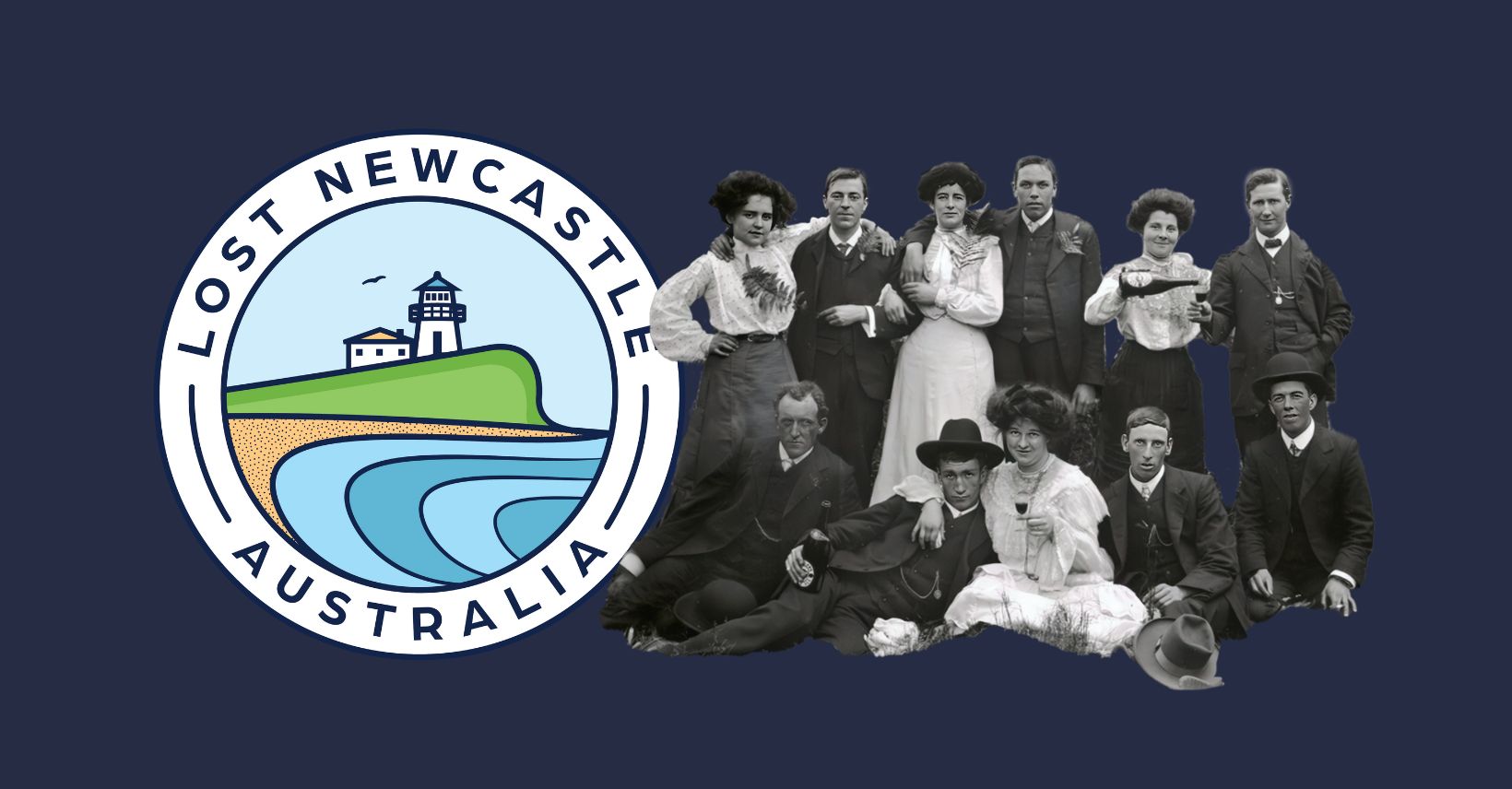
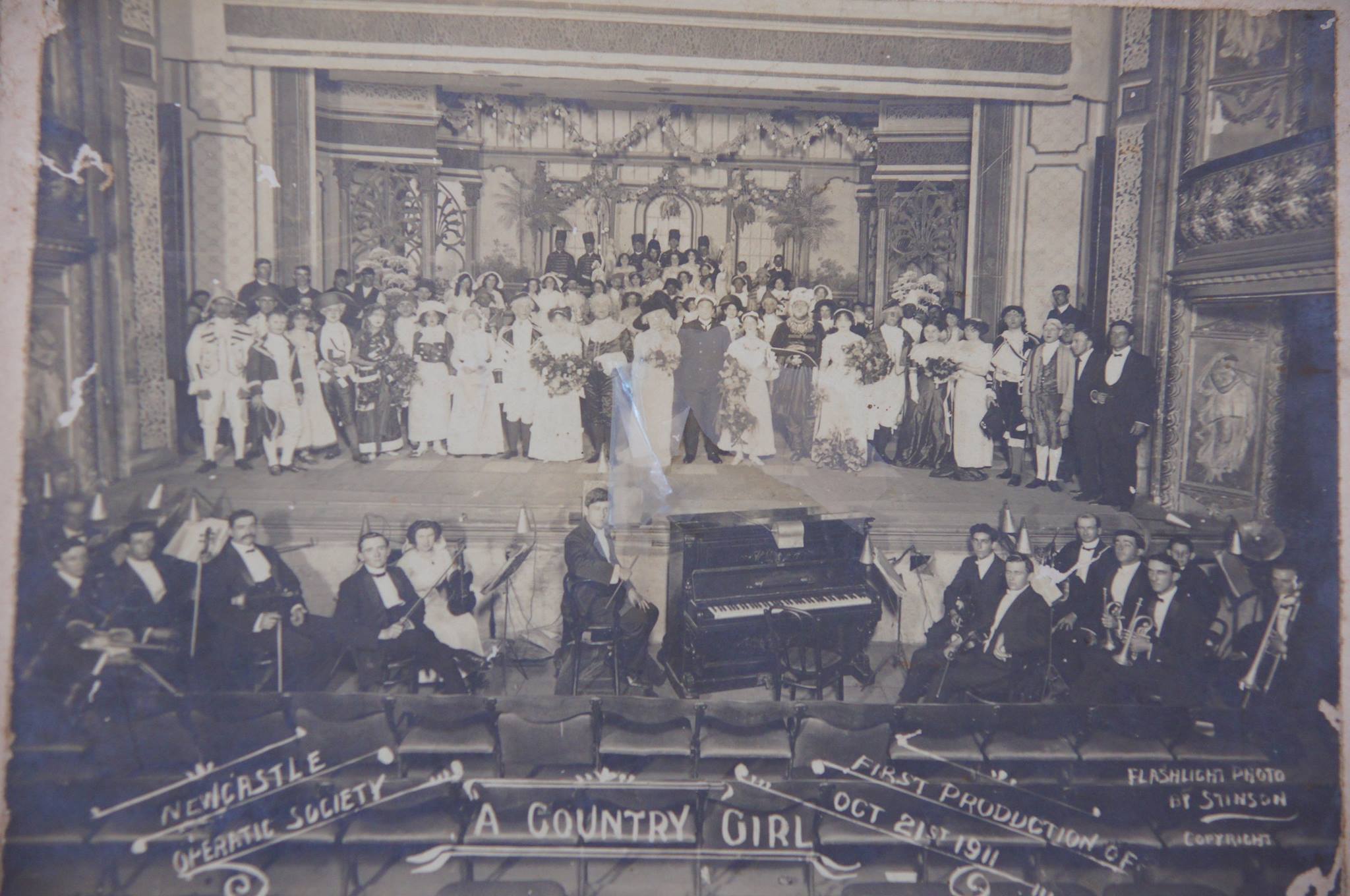
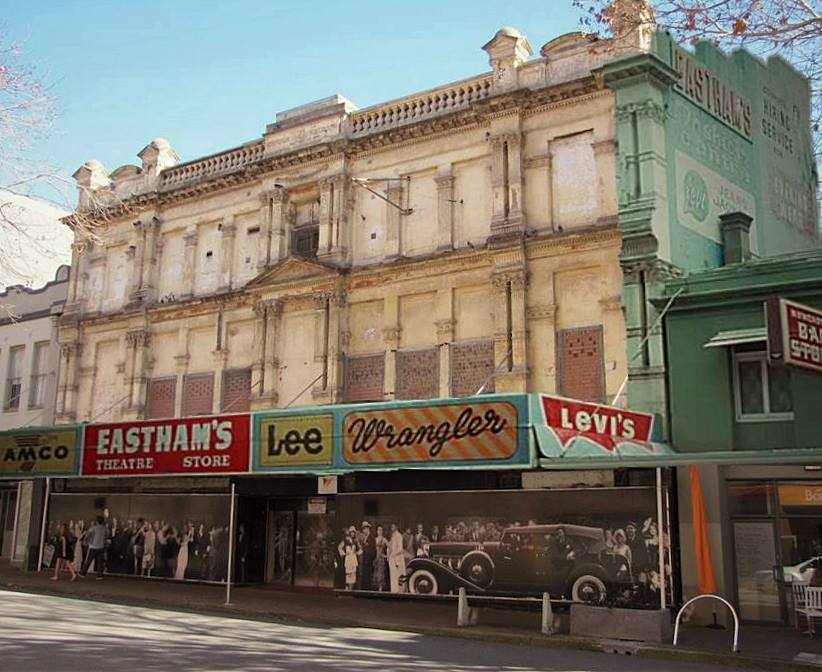

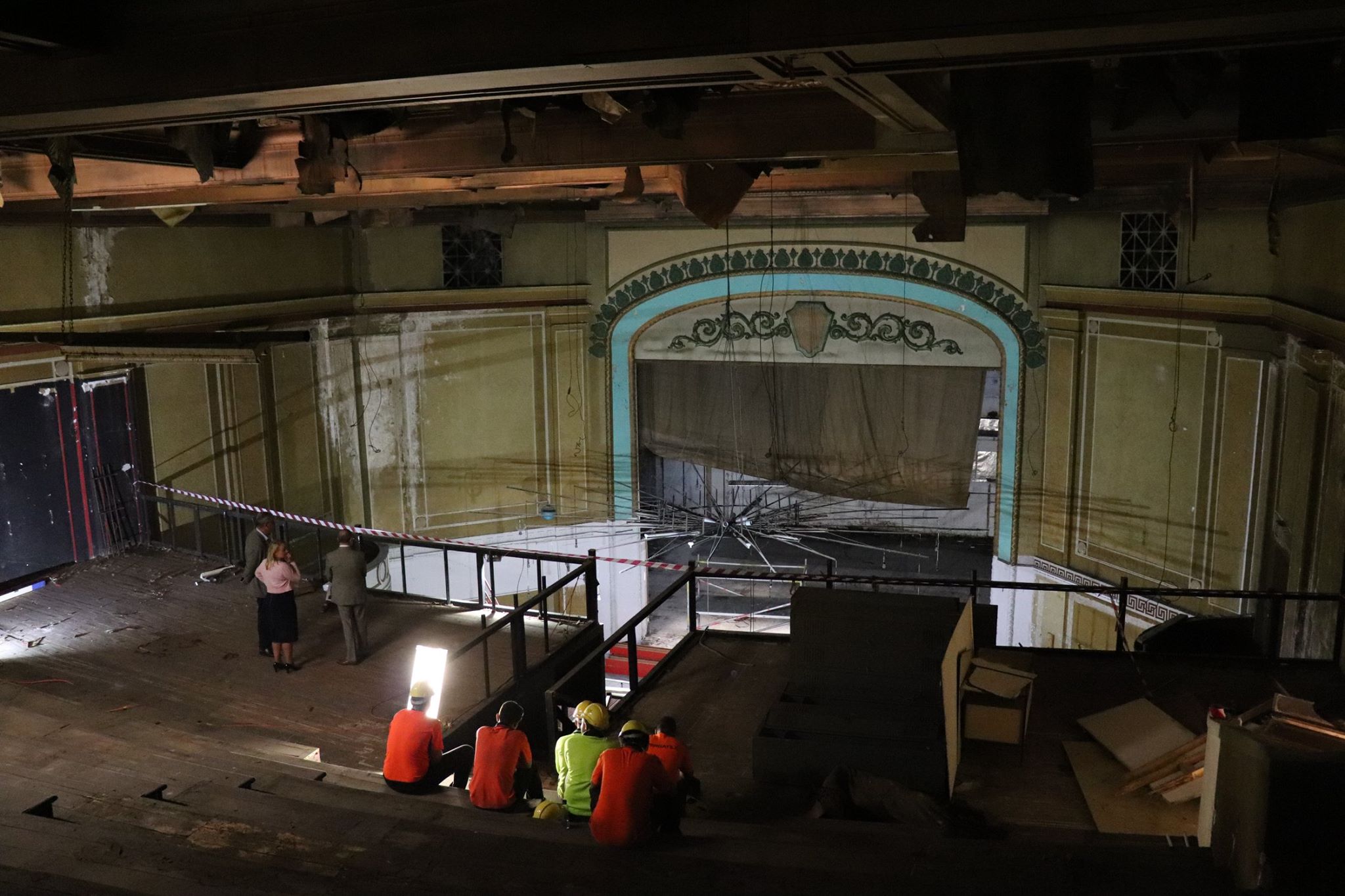
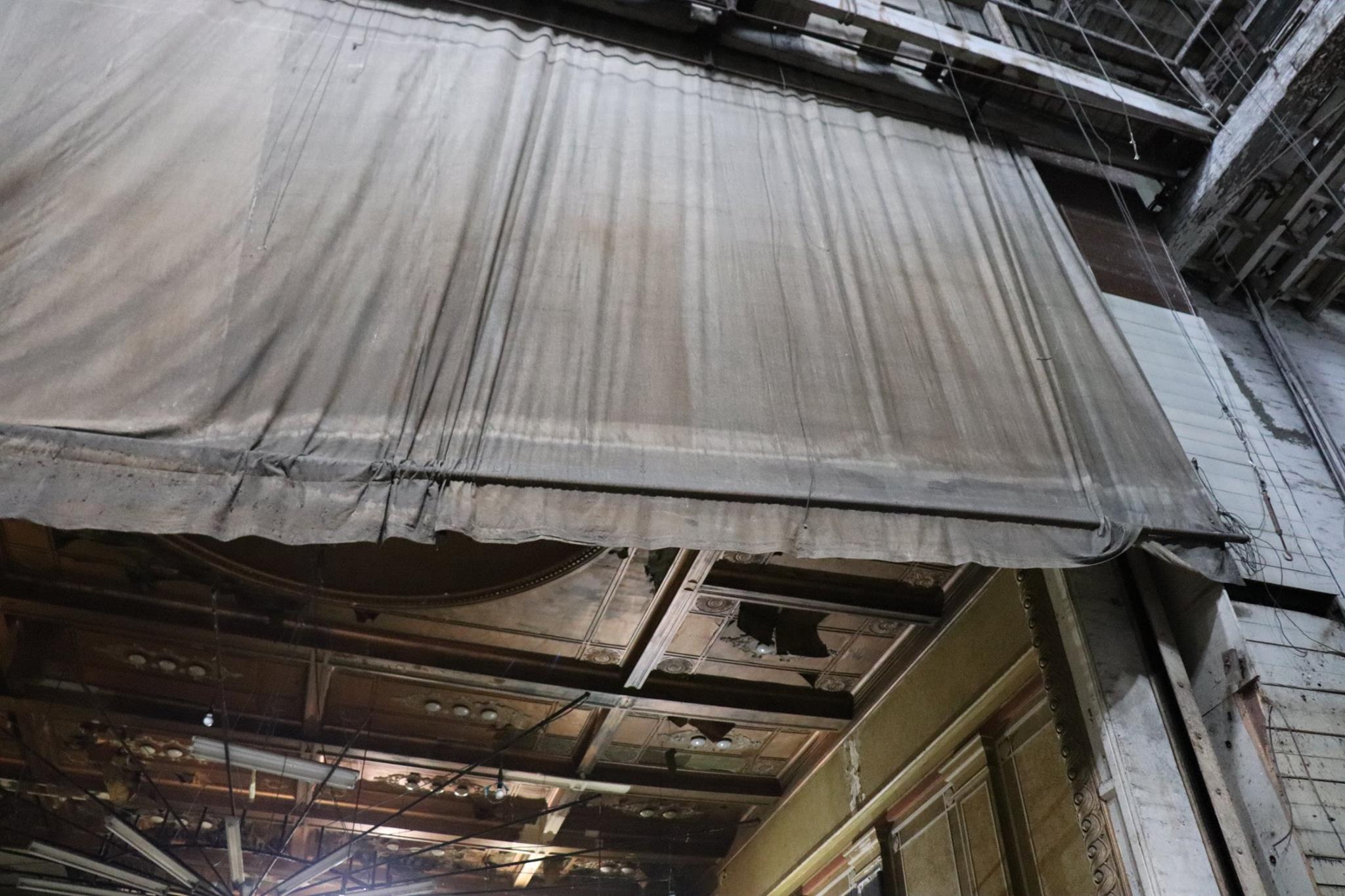
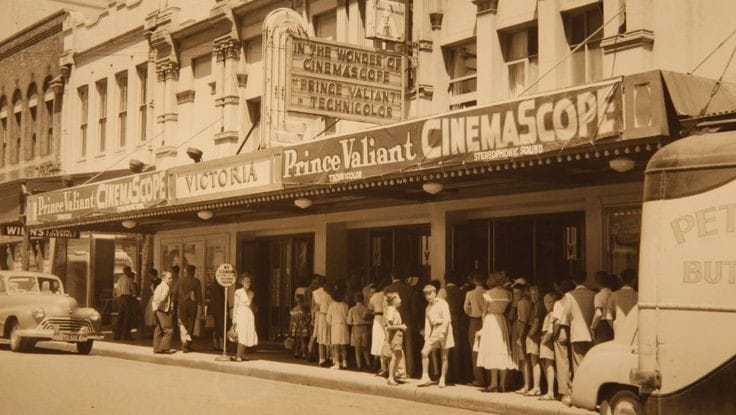
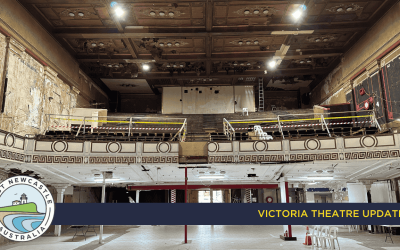
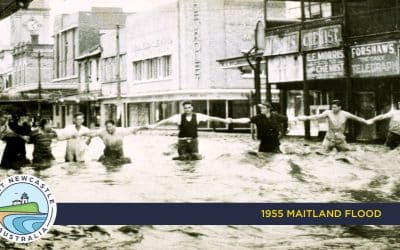
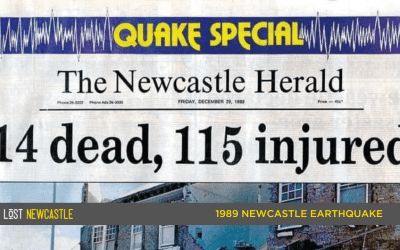

0 Comments